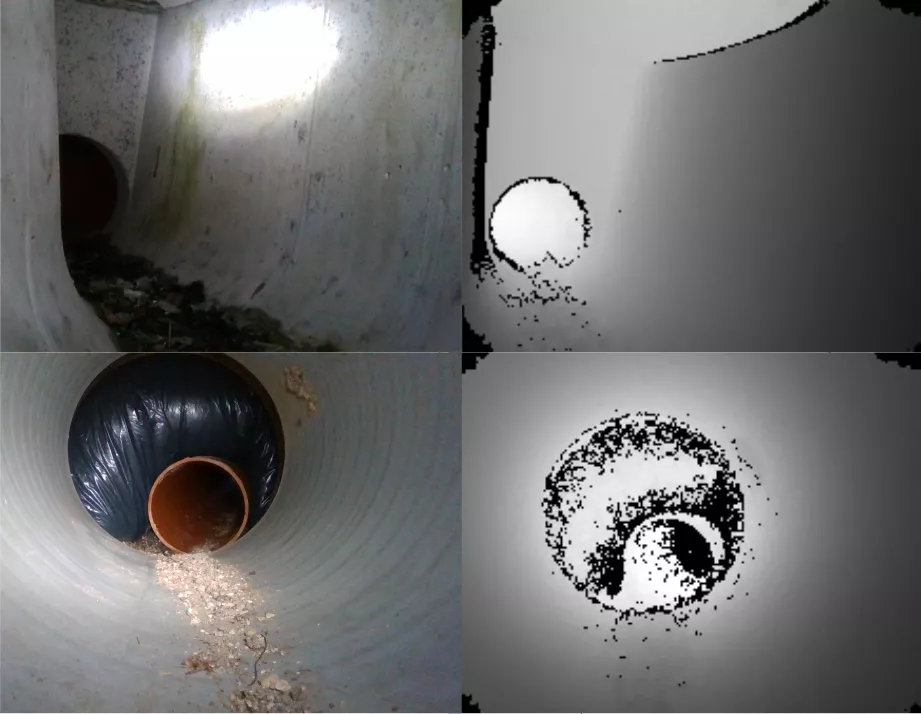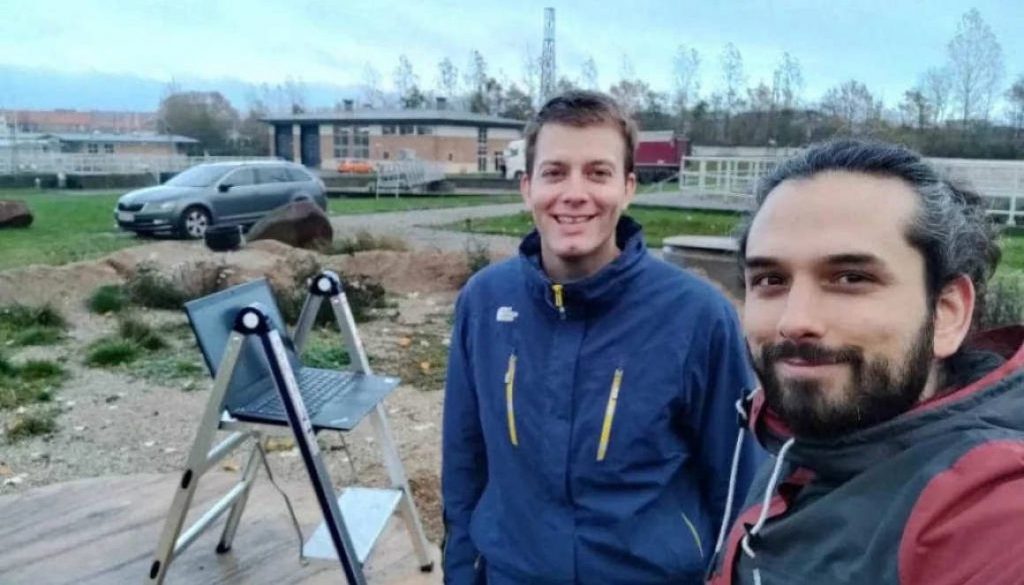Project ASIR collaboration: Sewer robots autonomous navigation
INLOC Robotics SL has been part of the Danish ASIR (Autonomous Sewer Inspection Robot) project for two years. The main objective of this project is the design of an autonomous robot, capable of navigating through the sewer and automatically detecting the defects that can be found.
The importance of sewer robots
The introduction of sewer robots aims to reduce occupational hazards, improve the accuracy of sewer inspections and prevent sewer defects before they become a major problem, not only in terms of economic costs but also in terms of citizen comfort.

Recently, during the months of October and November, a close collaboration was established with the Danish University of Aalborg (AAU). The objective was the acquisition of real data from a sewer system built specifically for this project, using a prototype robot capable of capturing 3D data.
Afterwards, by INLOC Robotics SL, the acquired data will be used for the design of localization, obstacle avoidance and sewer structural elements detection algorithms. As for the AAU, the data will be used for the final robot sensors selection.
Sewer data collection using 3D sensors:
Data collection was carried out by Ferran Plana (INLOC Robotics) and Chris H. Bahnsen (AAU) in Aarhus, Denmark. The experiments were divided into 3 parts, localization, avoidance/detection and illumination.
For the localization experiment, a series of evenly spaced perforations were made in a tube by adding cylinders into them. In such a way, while the prototype robot captures images, the cylinders will help us to create a grown truth.
The grown truth will be used to verify the effectiveness of the different localization algorithms that the final automatic sewer inspection robot will use.

To obtain data for the obstacle avoidance algorithm, typical elements were used within the sewer, roots, rocks, sand… Taking different scenes with these elements, it is expected to be able to detect these in a 3D environment, which would allow to compute the evasion strategy for the future algorithm.
Regarding the structural elements detection, a similar strategy was followed. The prototype robot was placed in positions where there were lateral connections, different types of cameras, joints… The 3D data acquisition was varied enough to prepare 3D detection algorithms.
What sensors does the sewer robot carry?
Finally, the prototype sewer robot has two 3D sensors of different technology, a PicoFlex (time of flight) and a RealSense (stereo image). The RealSense camera requires lighting in order to take 3D images. The question would be: how much?
Using an industrial adjustable torch, the robot was positioned in the sewer within the dark. Modifying the illumination power at fixed intervals, different images were taken in each one of them. This will make it possible to create an illumination model, which will help to choose the minimum illumination necessary for a stereo-type camera, while maintaining its precision to the maximum.
Everything is ready for the development of the first autonomous navigation versions of the final ASIR project robot. Stay tuned for updates from INLOC Robotics SL to follow the evolution of this great project! An automatic inspection robot is a highly novel product that would greatly improve the efficiency and quality of sewer system maintenance.
If you want to know more about our SEWDEF system, do not hesitate to contact us.

